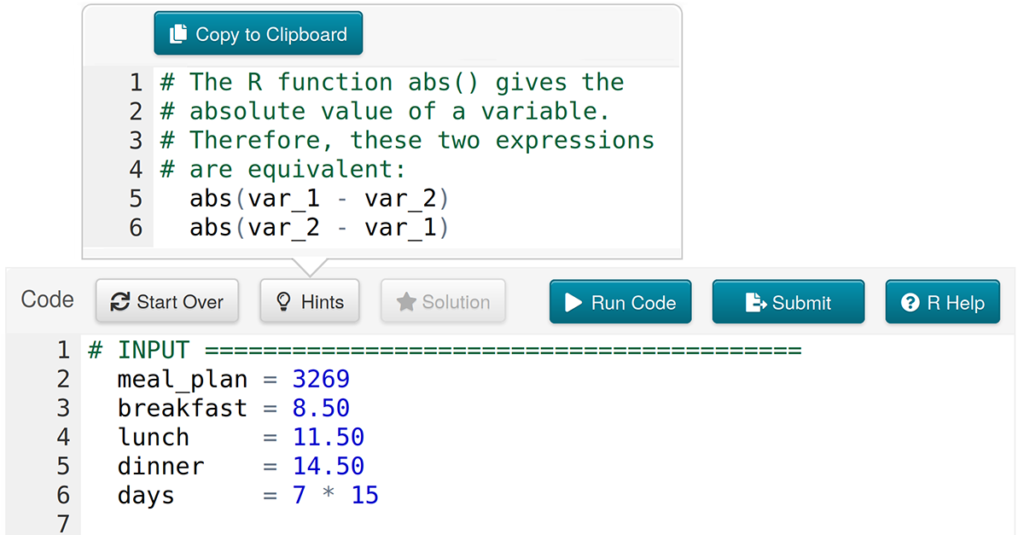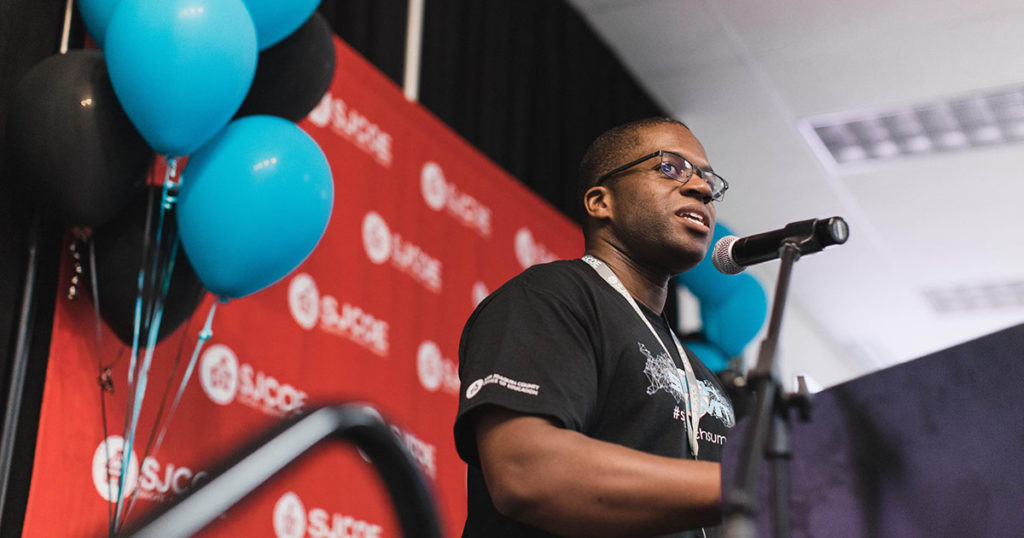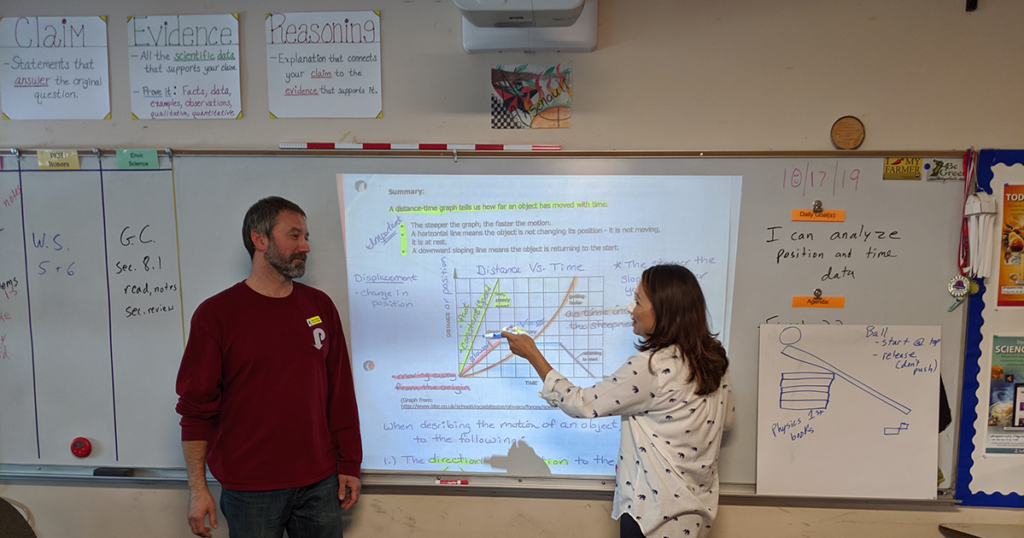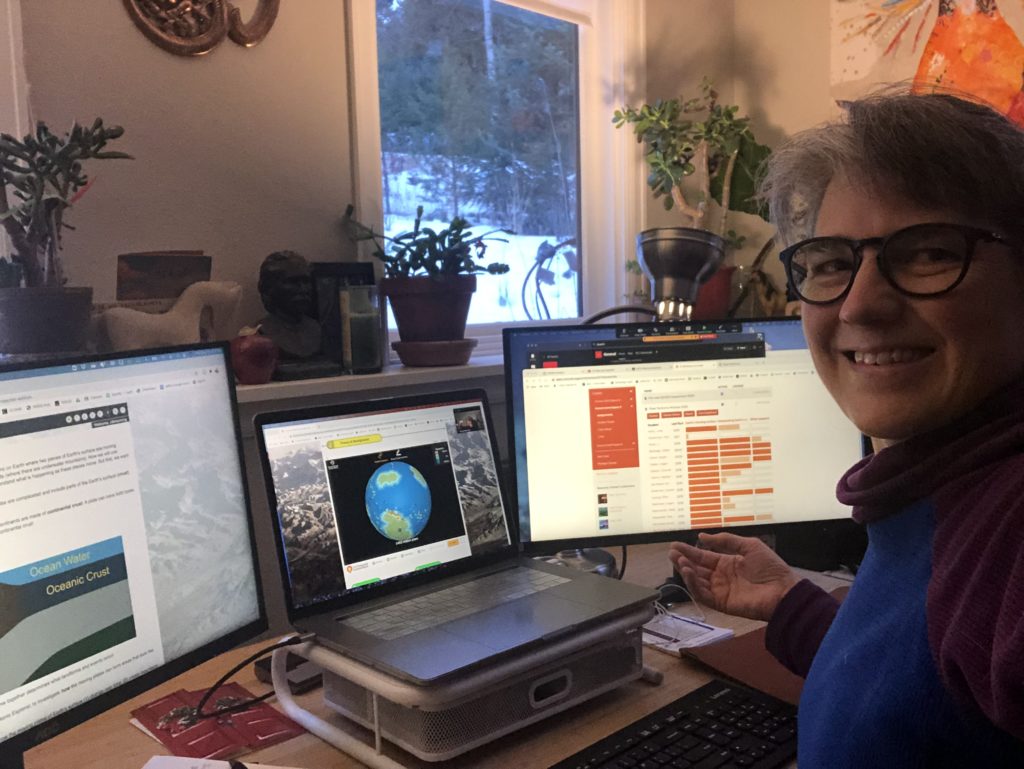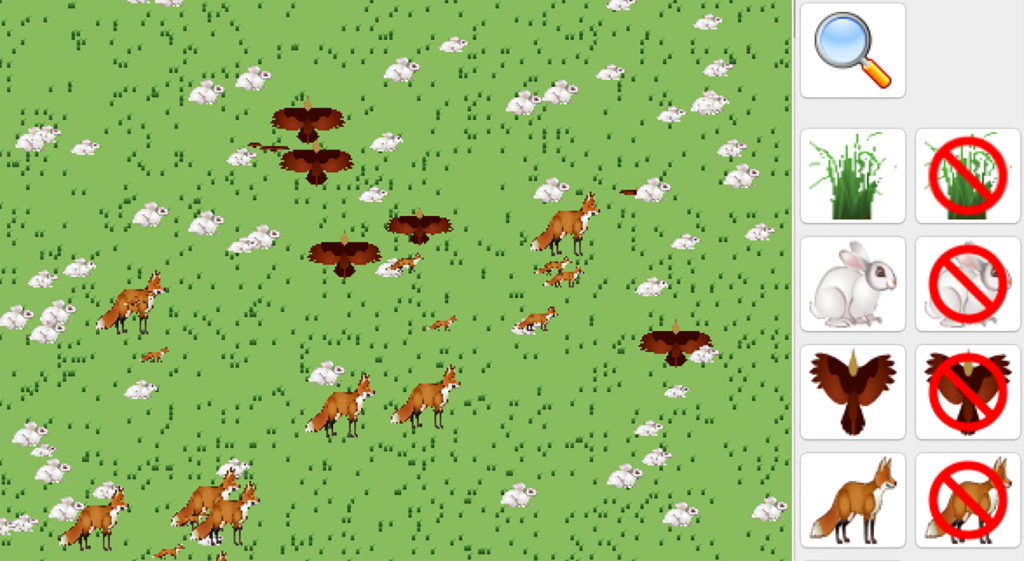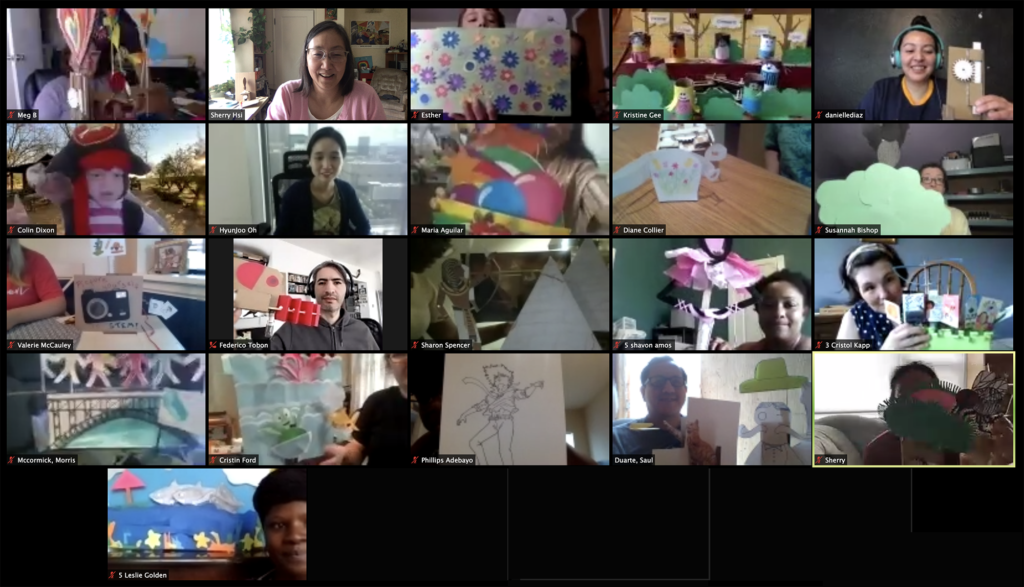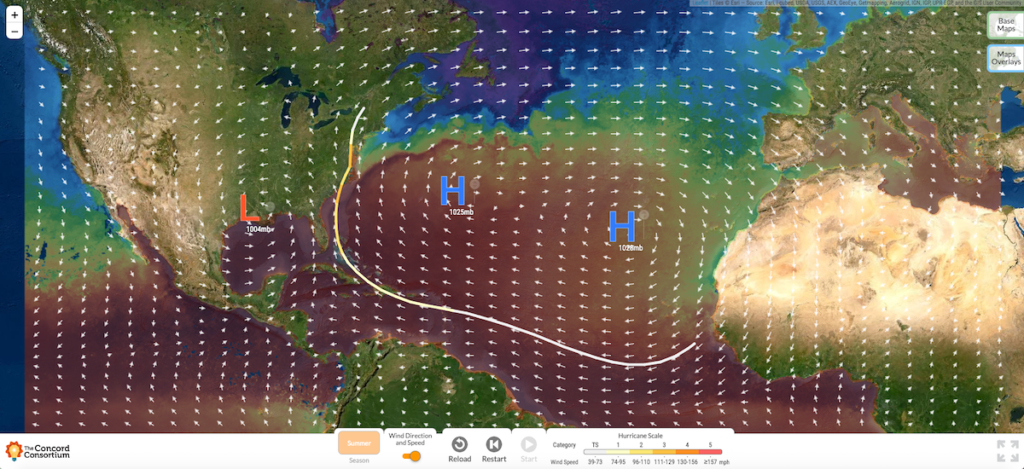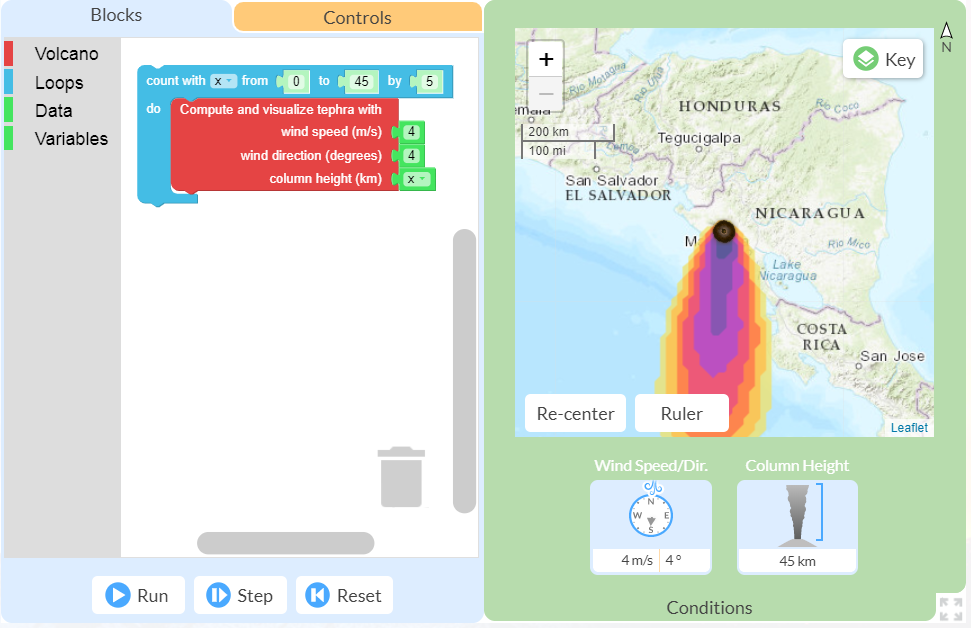Category: About Us
You could say that Concord Consortium’s project Coding with R for Mathematical Modeling (CodeR4MATH) is very sneaky, says Kenia Wiedemann, a postdoctoral researcher on the project. Creative is a different way of describing how CodeR4MATH is getting high school students—especially those who think math and computer science are not for them—coding and creating mathematical models, […]
Stephen Callahan is a superhero even though he doesn’t have a big letter S emblazoned on his tee-shirt. His superpower? An abiding belief in the students and teachers with whom he works. For over fifteen years, he’s been helping students and educators find and use their own technology superpowers. We are delighted to announce that […]
This year we published a dozen articles in researcher and teacher practitioner journals that showcase the state of the field in STEM educational technology in 2020. Learn what students with low and high spatial skills notice in computer visualizations of plate tectonics (#2), how students can experience authentic messy data exploration of meaningful questions (#10), […]
By any measure, this has been one of the most stressful years on record, and teachers are among those most affected by the massive devastation wreaked by COVID-19. A recent New York Times article describes the emotional and physical toll of pandemic teaching, and we’ve heard directly from many teachers with whom we’ve collaborated for […]
“Teaching online is definitely challenging and different than when we are doing it in person. However, I notice my students are more focused virtually than in class. There are fewer distractions, I guess, maybe, for some, and they have to watch the demonstration as it unfolds. My students know they have to turn in their […]
The 2020 election was many things. It was close. It was long and drawn out. It was exciting. It was also a teachable moment. Think back to your high school algebra class. OK, don’t think about that, think about the election. Did the media take too long to declare a winner? Or did they actually […]
Evolution is a particularly daunting subject to teach and to understand. The evidence for it is indirect and the model rests largely on phenomena that cannot be directly observed, including some that are poorly understood to this day. A research-based set of curriculum materials aimed at upper elementary and middle school students can help. We […]
Educators know that learning happens not just in the classroom, but all the time and across all settings—from school and to home other formal and informal spaces. In learning sciences research, this is described by a learning ecology framework. Like an environmental ecosystem that sustains biodiversity, learning ecology is a set of complex relationships and […]
After weeks of tracking, prediction, and preparation, we watched Hurricane Isaias run its course and dissipate over northeast Canada. Now that the skies have cleared and the winds have passed, we know all that we can about Hurricane Isaias. We know that as a disorganized low pressure system moving east across the Atlantic, Isaias quickly […]
This spring I had the opportunity to pilot the new online GeoCode tephra activities developed as part of the NSF-funded Visualizing GeoHazards and Risk with Code project with my 9th grade Honors Earth Science classes in Evergreen, Colorado. I’d been looking forward to the pilot for months, but only a handful of weeks before our […]
